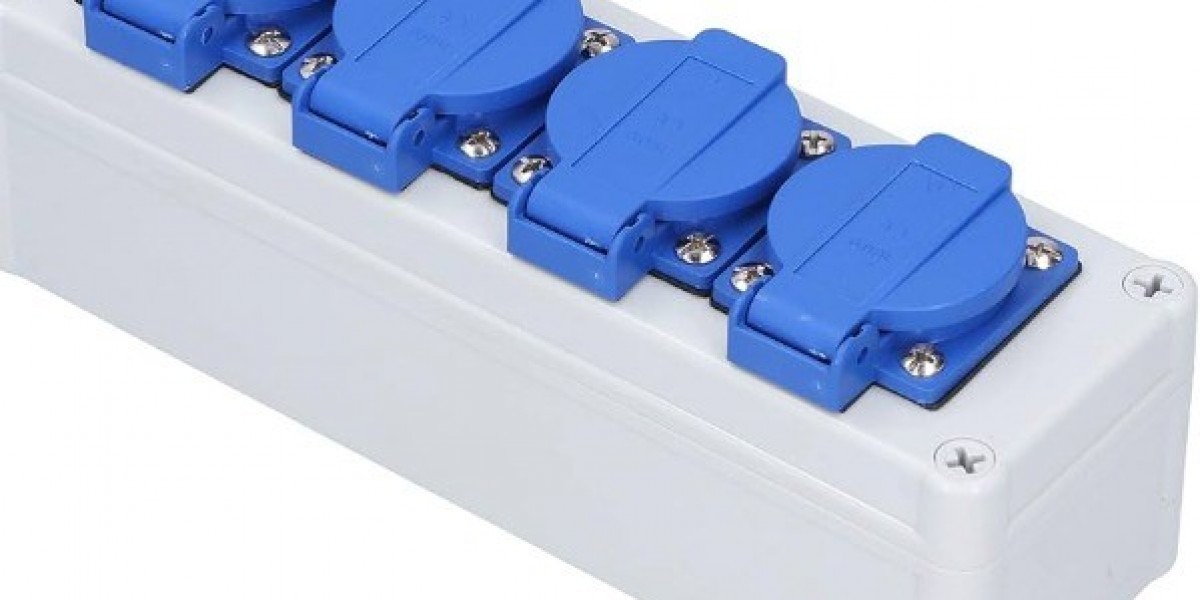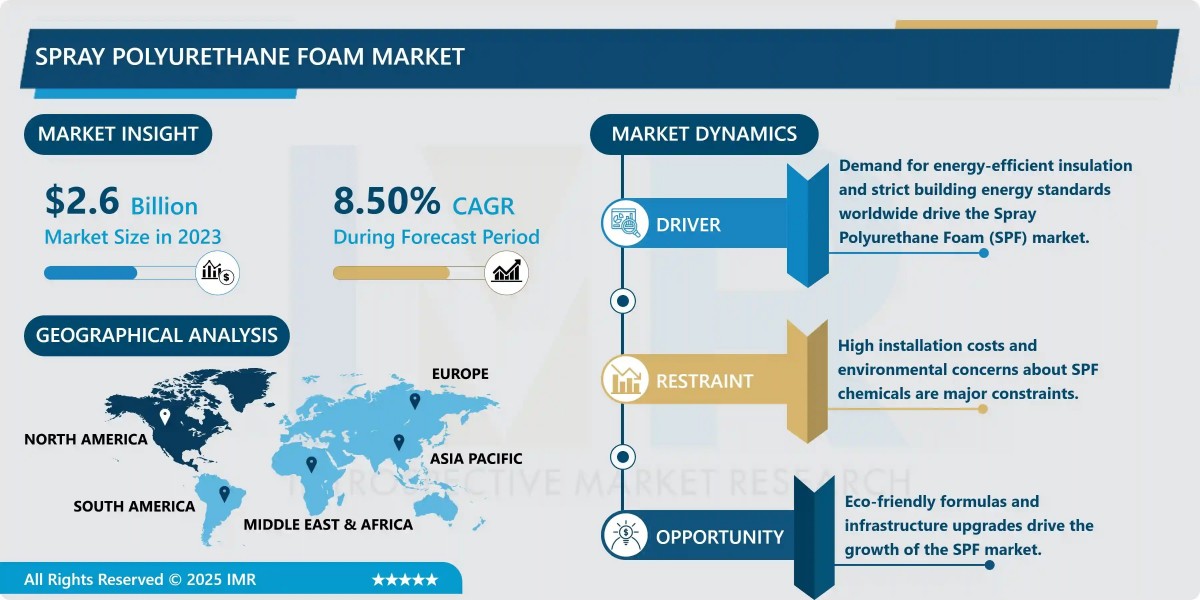In patios and community spaces today an Outdoor Socket Box can do far more than supply electricity. As outdoor living and public programming grow in popularity people want tidy, safe power points that blend with landscaping and stand up to weather. A thoughtfully chosen enclosure turns a practical need into a design opportunity while protecting connectors and simplifying maintenance for caretakers and technicians.
Designers now treat external housings as part of a site aesthetic. Rather than leaving outlets exposed a discrete enclosure sits flush with stonework or hides behind planters so sightlines remain calm. Removable trim and color matched covers permit easy access during setup for gatherings without creating a permanent visual distraction. When finish choices coordinate with surrounding materials, a connection point feels intentional rather than accidental.
Durability matters because outdoor locations test materials. Look for shells that resist moisture and that accept replaceable seals so routine checks keep interiors dry. Sturdy latches and captive fasteners prevent loss during inspections and speed resealing after service. Reinforced corners and impact tolerant walls reduce deformation during handling which keeps lids aligned and seals effective for longer intervals between interventions.
Functionality goes beyond a simple outlet. Many enclosures now accept accessory modules for load switching monitoring and protected charging. Integrated mounting rails let technicians add a control or a socket without cutting into finishes later. Neat internal routing keeps power conductors apart from low voltage sensors so signal clarity remains high when monitoring gear shares the same compartment. This separation helps avoid nuisance trips and supports reliable operation during events.
Safety becomes more visible in public settings. Lockable covers and tamper resistant plates prevent unauthorized access when areas are unattended. Strain reliefs secure cable entries and reduce wear at terminations while clear labeling at each feed point shortens fault finding when a problem arises. These measures lower the chance that a passerby or an inexperienced helper interrupts a feed or damages a connector.
Energy awareness brings new uses. When simple monitoring modules fit close to a connection point caretakers see how outdoor lighting or pumping loads behave. That visibility helps schedule operating hours and reduces unnecessary running time. For sites that incorporate local generation a housing placed near feeders simplifies connections and allows managers to pull power from cleaner sources during sunny periods.
Installation choices affect longevity and service ease. Mount the unit where technicians can reach doors without removing adjacent finishes and leave service loops inside to avoid tight bends. Routing conduits so they avoid high traffic zones reduces risk of accidental snagging while leaving spare knockouts makes future upgrades less intrusive. Thoughtful siting and routing keep inspection time short and let event crews focus on setup rather than on repairs.
Maintenance routines stay simple when parts are repair friendly. Replaceable gaskets and modular latches allow crews to swap worn items quickly. Keeping a small kit of common spares shortens repair time which is especially useful for seasonal programs that run intensively. Photographic documentation of installed units helps new staff learn where parts live and which checks matter during handoffs.
Community spaces often need temporary control during events. Using enclosures with quick release covers and labeled circuits streamlines setup and teardown. Lockable options give managers control over access while authorized staff can still perform rapid changes. These arrangements suit parks markets and plazas where flexible programming needs tidy utility support that is safe and straightforward.
Sustainability links to product choice. Selecting components that support part replacement rather than full replacement reduces waste and keeps procurement simpler. Durable finishes that tolerate cleaning and that accept touch up promote long service life. When planners choose housings that fit repair oriented workflows they achieve stable service levels while reducing recurring procurement needs.
If you are planning a site upgrade or an event infrastructure and want housings that blend design with resilience and practical service options explore available product ranges and accessory kits. Visit https://www.nante.com/product/ for imagery installation notes and model descriptions that help match enclosure choices to landscape types, mounting conditions and operational goals. The materials there aim to simplify specification and to support teams that balance appearance, safety and ongoing upkeep.







